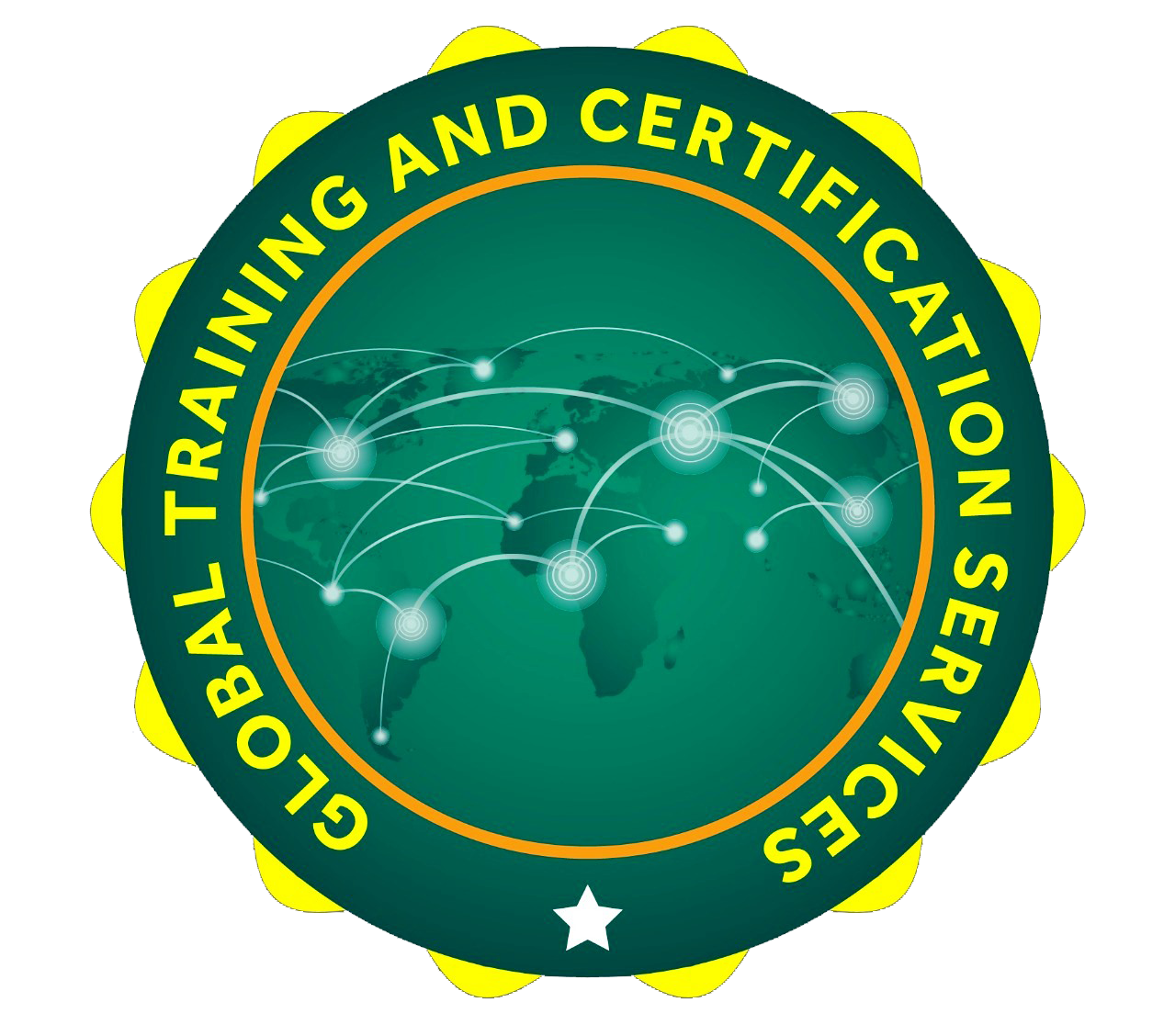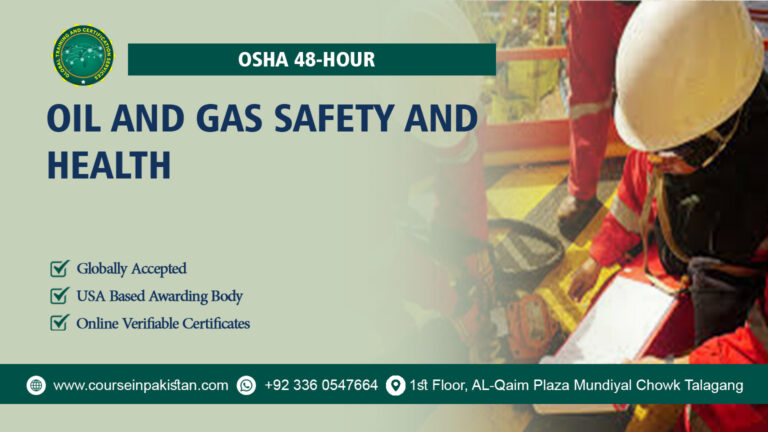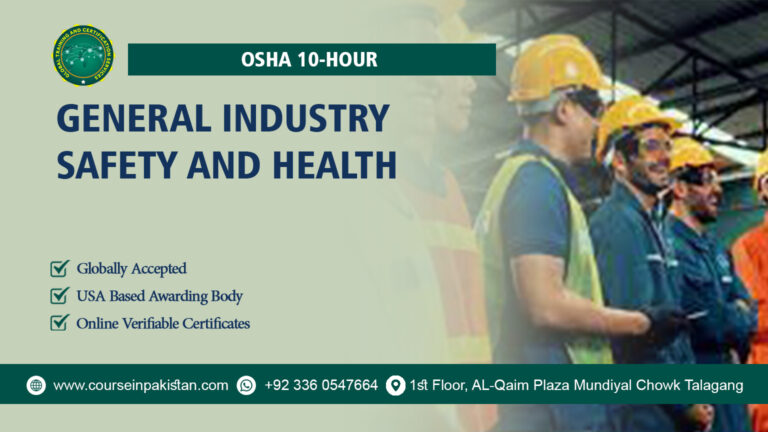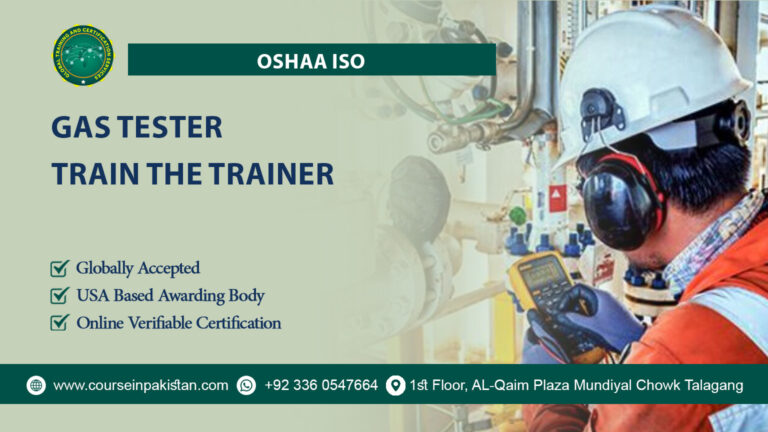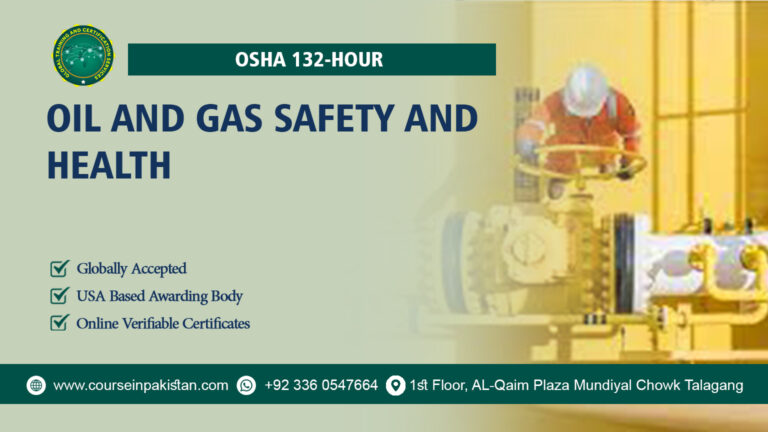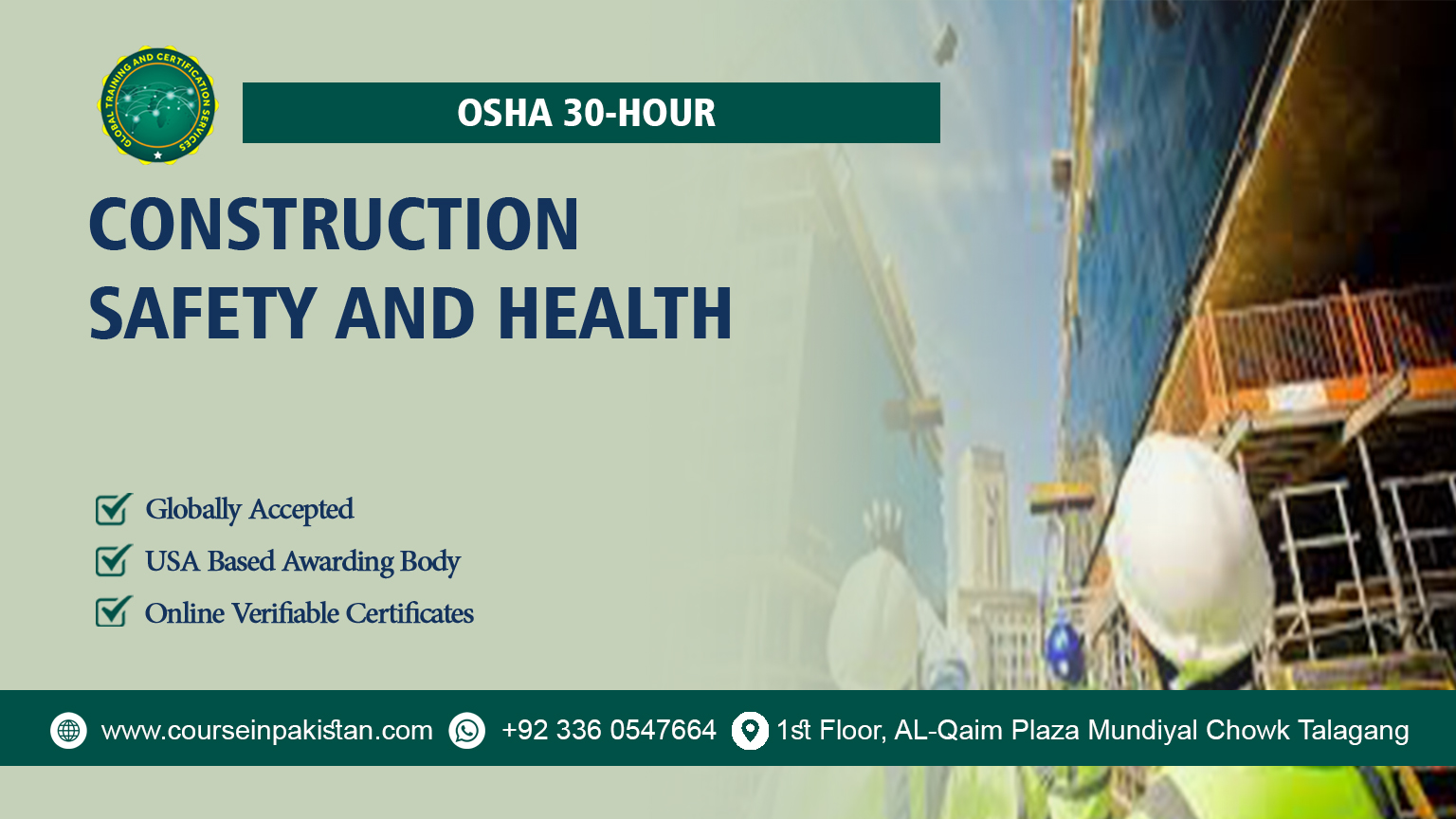
OSHA 30-Hour Construction Safety and Health
In the dynamic and high-risk environment of construction, maintaining rigorous safety standards is essential to protecting workers and ensuring project success. The OSHA 30-Hour Construction Safety and Health course is designed to provide a comprehensive foundation in construction safety practices and regulations. This blog post will guide you through the details of this pivotal course, including its introduction, overview, benefits, study units, learning outcomes, target audience, and future progression opportunities.
The OSHA 30-Hour Construction Safety and Health course is a widely recognized training program aimed at imparting in-depth knowledge of safety and health practices in the construction industry. It is tailored for those who have a significant role in managing construction safety and ensuring compliance with OSHA standards. Over the course of 30 hours, participants will gain a thorough understanding of essential safety regulations, hazard identification, and effective safety management techniques.
This course is designed to deliver an extensive overview of OSHA standards and best practices for construction safety. The curriculum covers a broad spectrum of topics essential for maintaining a safe construction environment. It includes a combination of lectures, interactive discussions, and practical exercises to provide a well-rounded education on safety and health in construction. Participants will leave with actionable insights and skills that can be applied directly to their work environments.
Enrolling in the OSHA 30-Hour Construction Safety and Health course offers numerous advantages:
- Comprehensive Safety Knowledge: Gain a thorough understanding of OSHA regulations and construction safety practices, helping to create a safer work environment.
- Enhanced Hazard Recognition: Develop the skills needed to identify and assess various construction hazards, improving risk management and reducing accidents.
- Regulatory Compliance: Ensure adherence to OSHA standards, which helps avoid fines and legal issues associated with non-compliance.
- Career Advancement: Obtain a recognized OSHA certification that can enhance career prospects and position you for more advanced roles in safety management.
- Practical Application: Benefit from real-world scenarios and hands-on exercises that make it easier to apply safety practices on the job.
Course Study Units
The course is divided into several key study units, each addressing critical aspects of construction safety:
- Introduction to OSHA
- Managing Safety and Health
- Focus Four Hazards
- Personal Protective Equipment (PPE)
- Health Hazards in Construction
- Cranes and Rigging
- Stairways and Ladders
- Confined Spaces
- Excavations
- Scaffolds
- Fire Protection and Prevention
- Electrical Safety
- Materials Handling, Storage, Use, and Disposal
- Hand and Power Tools
- Welding and Cutting
- Motor Vehicles, Mechanized Equipment, and Marine Operations
Ergonomics - Concrete and Masonry Construction
- Steel Erection
- Safety and Health Programs
Learning outcomes
Upon successful completion of the OSHA 30-Hour Construction Safety and Health course, participants will be able to:
-
Introduction to OSHA
- Understand OSHA’s Role: Explain the mission and purpose of OSHA and its role in regulating construction safety and health.
- Identify Key Regulations: Recognize and interpret key OSHA regulations and standards applicable to the construction industry.
- Apply OSHA Standards: Demonstrate how to apply OSHA standards and guidelines to ensure a safe and compliant construction environment.
Managing Safety and Health
- Develop Safety Plans: Create and implement comprehensive safety and health plans tailored to construction projects.
- Manage Safety Programs: Oversee and manage safety programs effectively to address and mitigate risks on construction sites.
- Promote Safety Culture: Foster a culture of safety within the organization by implementing best practices and encouraging worker participation.
Focus Four Hazards
- Identify Focus Four Hazards: Recognize the “Focus Four” hazards (falls, electrical, struck-by, and caught-in/between) and their impact on construction safety.
- Implement Control Measures: Apply effective control measures and safety practices to manage and mitigate these key hazards.
- Improve Safety Practices: Enhance safety practices and training programs to address and reduce the risks associated with the Focus Four hazards.
Personal Protective Equipment (PPE)
- Select Appropriate PPE: Identify and select the correct PPE for various construction tasks and environments.
- Ensure Proper Use: Train workers on the proper use, maintenance, and limitations of PPE to ensure optimal protection.
- Evaluate PPE Effectiveness: Assess the effectiveness of PPE and make necessary adjustments to meet safety requirements.
Health Hazards in Construction
- Recognize Health Hazards: Identify common health hazards in construction, such as exposure to hazardous materials, noise, and ergonomic risks.
- Implement Health Controls: Develop and implement controls and preventive measures to manage and mitigate health risks.
- Promote Worker Health: Create programs and practices that support worker health and well-being on construction sites.
Cranes and Rigging
- Understand Crane Operations: Explain safe crane operations and the critical safety requirements for using cranes on construction sites.
- Implement Rigging Practices: Apply proper rigging techniques to ensure safe lifting and movement of materials.
- Inspect Equipment: Conduct regular inspections and maintenance of cranes and rigging equipment to prevent accidents and ensure compliance.
Stairways and Ladders
- Ensure Safe Use: Identify and implement safety practices for the use of stairways and ladders to prevent falls and injuries.
- Inspect Equipment: Regularly inspect stairways and ladders to ensure they meet safety standards and are in good working condition.
- Train Workers: Provide training on the proper use and maintenance of stairways and ladders to enhance safety on construction sites.
Confined Spaces
- Recognize Confined Space Hazards: Identify the unique hazards associated with confined spaces and the risks they pose to workers.
- Develop Safety Procedures: Create and implement safety procedures and protocols for working in and around confined spaces.
- Conduct Space Entry Training: Train workers on the safe entry, work practices, and emergency procedures for confined spaces.
Excavations
- Identify Excavation Hazards: Recognize the hazards associated with excavation and trenching activities, such as cave-ins and equipment accidents.
- Implement Safety Measures: Apply safety measures and protective systems to prevent accidents and ensure worker safety during excavation activities.
- Conduct Inspections: Perform regular inspections of excavation sites and equipment to ensure compliance with safety standards.
Scaffolds
- Understand Scaffold Safety: Explain the safety requirements and best practices for scaffold use, including setup, maintenance, and inspection.
- Implement Scaffold Procedures: Apply proper procedures for assembling, disassembling, and maintaining scaffolds to ensure worker safety.
- Inspect Scaffolds: Conduct thorough inspections of scaffolds to identify and address potential safety issues.
Fire Protection and Prevention
- Develop Fire Safety Plans: Create and implement fire protection and prevention plans specific to construction sites.
- Understand Fire Hazards: Identify common fire hazards in construction and apply measures to reduce the risk of fire.
- Train on Fire Safety: Provide training on fire safety procedures, emergency response, and the use of fire protection equipment.
Electrical Safety
- Recognize Electrical Hazards: Identify electrical hazards in construction and understand the associated risks.
- Implement Electrical Safety Measures: Apply safety measures and best practices to prevent electrical accidents and injuries.
- Inspect Electrical Systems: Conduct inspections of electrical systems and equipment to ensure they are safe and compliant with regulations.
Materials Handling, Storage, Use, and Disposal
- Safe Handling Practices: Develop and implement safe practices for handling and moving construction materials to prevent accidents and injuries.
- Proper Storage: Ensure proper storage of materials to prevent hazards and maintain a safe work environment.
- Disposal Procedures: Follow correct procedures for the disposal of construction materials and hazardous substances.
Hand and Power Tools
- Ensure Safe Tool Use: Understand and apply safety practices for the use of hand and power tools on construction sites.
- Inspect and Maintain Tools: Regularly inspect and maintain tools to ensure they are in good working condition and safe to use.
- Train on Tool Safety: Provide training on the safe operation, maintenance, and storage of hand and power tools.
Welding and Cutting
- Understand Welding Hazards: Identify the hazards associated with welding and cutting activities, such as fire and exposure to harmful fumes.
- Implement Safety Measures: Apply safety measures to prevent accidents and injuries during welding and cutting operations.
- Inspect Equipment: Conduct regular inspections of welding and cutting equipment to ensure they meet safety standards.
Motor Vehicles, Mechanized Equipment, and Marine Operations
- Ensure Safe Operation: Understand safety requirements for operating motor vehicles, mechanized equipment, and marine operations on construction sites.
- Implement Safety Procedures: Apply safety procedures and best practices to prevent accidents and ensure safe operation of vehicles and equipment.
- Conduct Inspections: Regularly inspect motor vehicles and mechanized equipment to maintain safety and compliance.
Ergonomics
- Identify Ergonomic Risks: Recognize ergonomic risks and their impact on worker health and productivity.
- Implement Ergonomic Solutions: Develop and implement ergonomic solutions and practices to reduce strain and prevent musculoskeletal injuries.
- Promote Ergonomic Practices: Train workers on ergonomic practices to improve comfort and reduce the risk of injury.
Concrete and Masonry Construction
- Understand Concrete Hazards: Identify the specific hazards associated with concrete and masonry work, such as falling debris and exposure to hazardous materials.
- Implement Safety Practices: Apply safety practices to prevent accidents and ensure safe handling and use of concrete and masonry materials.
- Inspect Construction Sites: Conduct inspections of concrete and masonry construction sites to ensure compliance with safety standards.
Steel Erection
- Recognize Steel Erection Hazards: Identify hazards related to steel erection, including falls and equipment accidents.
- Implement Safety Measures: Apply safety measures and best practices to ensure safe steel erection and prevent accidents.
- Inspect Steel Structures: Conduct regular inspections of steel structures and equipment to ensure safety and compliance.
Safety and Health Programs
- Develop Safety Programs: Create and manage comprehensive safety and health programs to address various aspects of construction safety.
- Promote Program Effectiveness: Ensure the effectiveness of safety programs through regular review, feedback, and continuous improvement.
- Engage Workers: Foster worker involvement and participation in safety and health programs to enhance overall safety performance.
These learning outcomes ensure that participants gain a deep and practical understanding of each critical aspect of construction safety and health, enabling them to apply their knowledge effectively in their roles.
Who Is This Course For?
The OSHA 30-Hour Construction Safety and Health course is ideal for:
- Safety Professionals: Individuals responsible for managing and overseeing safety on construction sites.
- Construction Managers and Supervisors: Those who need a detailed understanding of safety practices to effectively lead and manage teams.
- Project Managers: Professionals involved in construction projects who require comprehensive safety knowledge.
- Workers Seeking Advancement: Construction workers aiming to gain certification and enhance their career prospects in safety and management roles.
Future Progression for This Course
Completing the OSHA 30-Hour Construction Safety and Health course can serve as a stepping stone for further professional development:
- Advanced Safety Certifications: Pursue additional OSHA certifications or specialized training in areas such as industrial hygiene or advanced safety management.
- Leadership Roles: Move into advanced roles such as Safety Manager, Safety Director, or Compliance Officer with a solid foundation in safety practices and regulations.
- Specialized Training: Engage in specialized training programs focusing on specific aspects of construction safety, such as confined spaces or hazardous materials.
- Continuing Education: Stay current with ongoing education and training to keep up with evolving safety standards and industry best practices.
the OSHA 30-Hour Construction Safety and Health course provides a comprehensive foundation in construction safety and health. By equipping participants with essential knowledge and practical skills, this course plays a crucial role in enhancing safety practices and ensuring compliance on construction sites. Whether you’re a safety professional, manager, or worker, this course offers valuable insights and certification to advance your career and contribute to a safer work environment.
